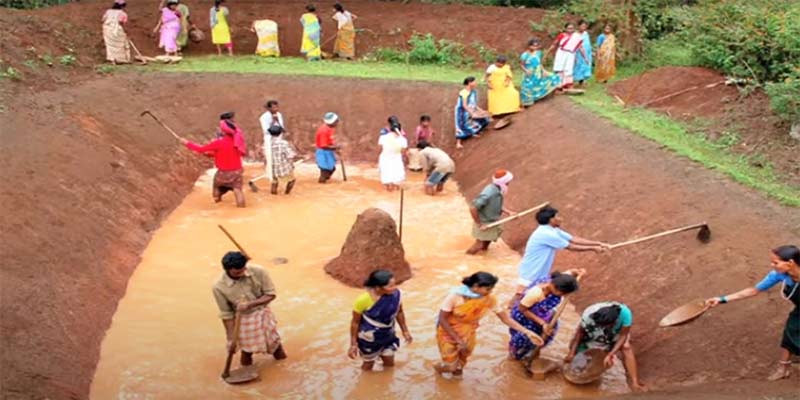- India
- Mar 26
- Mathew Gregory
National Aquifer Mapping and Management Programme (NAQUIM)
• Central Ground Water Board (CGWB) is implementing National Aquifer Mapping and Management program (NAQUIM), which envisages mapping of aquifers (water bearing formations), their characterization and development of Aquifer Management Plans to facilitate sustainable management of Ground Water Resources.
• NAQUIM was initiated in 2012 as a part of the ‘Ground Water Management and Regulation’ scheme with the objectives to delineate and characterize the aquifers and develop plans for sustainable ground water management in the country.
• The State-wise information is shared with States/Uts for implementation.
• Out of nearly 33 lakh sq km geographical area of the country, a mappable area of around 25 lakh sq km has been identified by the CGWB to be covered under this programme.
About Aquifer mapping
Aquifer mapping can be defined as a scientific process, wherein a combination of geologic, geophysical, hydrologic and chemical field and laboratory analyses are applied to characterize the quantity, quality and sustainability of ground water in aquifers.
Systematic aquifer mapping is expected to improve our understanding of the geologic framework of aquifers, their hydrologic characteristics, water levels in the aquifers and how they change over time, and the occurrence of natural and anthropogenic contaminants that affect the potability of ground water.
Aquifer mapping at the appropriate scale can help prepare, implement and monitor the efficacy of various management interventions aimed at long-term sustainability of our precious ground water resources, which, in turn, will help achieve drinking water security, improved irrigation facilities and sustainability in water resources development in the country as a whole.
Objective of NAQUIM
• Delineation and characterization of aquifers in three dimensions
• Identification and quantification of issues
• Development of management plans to ensure sustainability of ground water resources.
Under the initiative, management plans for each aquifer system are being prepared suggesting various interventions to optimize ground water withdrawal and identifying aquifers with portable groundwater for drinking purpose in quality affected areas.
The management options also include identification of feasible area for artificial recharge to ground water and water conservation which help in arresting declining water levels besides demand side management option including crop diversification, increasing water use efficiency etc.
(The author is a trainer for Civil Services aspirants. The views expressed here are personal.)

